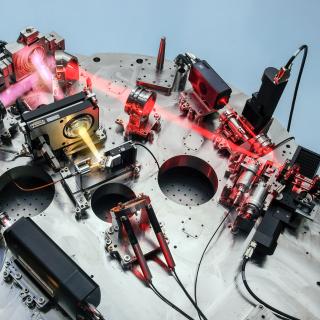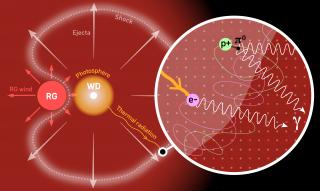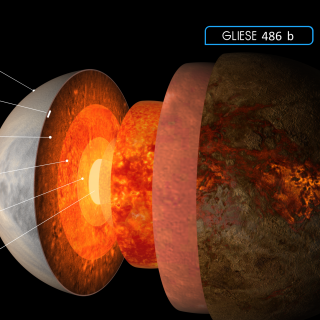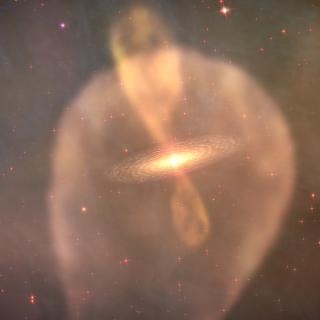
The eighth edition of the international summer school for teachers "Astronomy Education Adventure in the Canary Islands" will take place from 24 to 29 July in Tenerife and will focus on the relationship between Astronomy and the Sustainable Development Goals. The Instituto de Astrofísica de Canarias (IAC), together with other scientific and educational institutions, organises the eighth edition of the international school for teachers "Astronomy Education Adventure in the Canary Islands" (AEACI) which this year will be dedicated to "Astronomy for Sustainable Development" on the occasion of
Advertised on




